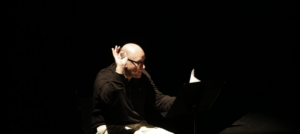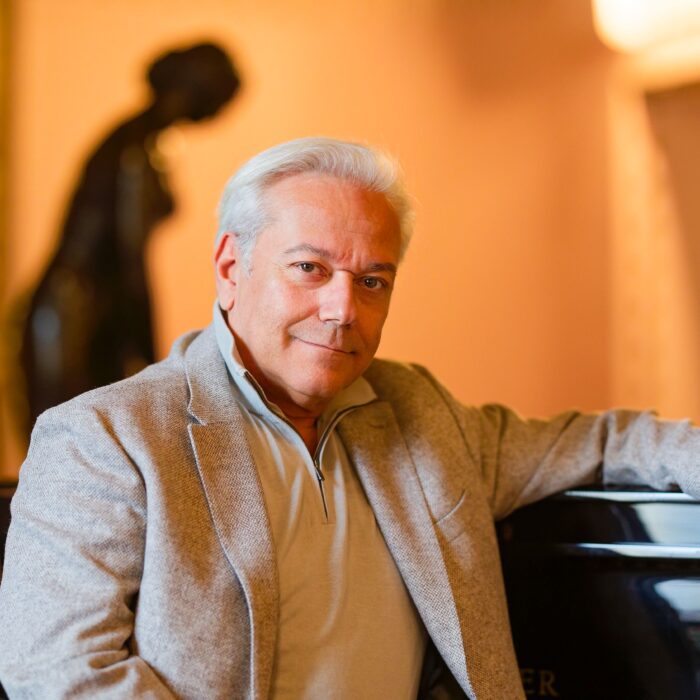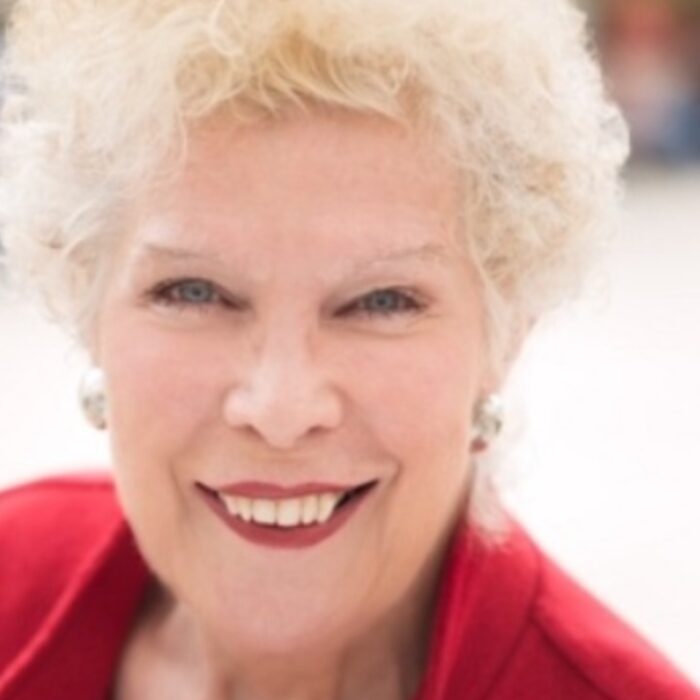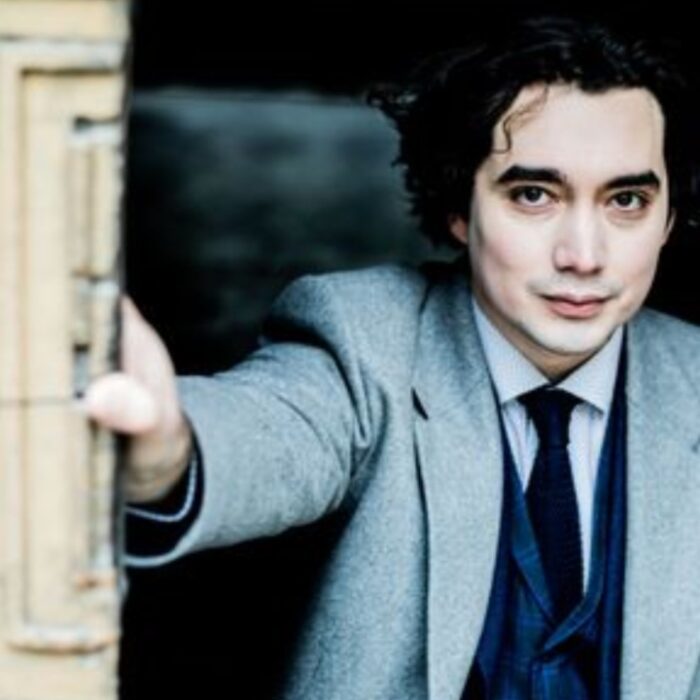
Q & A: Composer & Conductor Juan Trigos on his Azireli Commission for International Music
By David SalazarWhen he was but nine-years-old, Juan Trigos woke up one day and ran to his mother to tell her what he was going to do with his life.
“She of course laughed and so did I, but I had already decided,” he told OperaWire in a recent interview on the occasion of being the winner of the 2024 Azrieli Commission for International Music.
The Mexican-American composer considers himself a creator of abstract folklore and has composed six operas, four symphonies, three cantatas, concertos for several instruments, and various chamber music, including for solo instruments. His music has been performed around the world at such venues as Teatro alla Scala in Milan, the Bertus Van Berlage Hall in Amsterdam, the Palacio Nacional de Bellas Artes in Mexico City, and Jones Hall and Alice Tully Hall in the United States.
In 2023, he was named Assistant Professor of Music in Composition and Theory at the University of Kentucky and was also awarded the Miami Individual Artists Grant.
He is also a conductor and specializes in 20th century and contemporary music. To that end, he is the Music Director and Principal Conductor of the Last Hundred Ensemble, Sinfonietta MIQ, Oaxaca and Guanajuato Symphony Orchestra, and Orquesta de Cámara de Bellas Artes, among others.
OperaWire spoke to the composer about his Azireli Award-winning composition “Simetrías Prehispánicas.”
OperaWire: What inspired “Simetrías Prehispánicas?”
Juan Trigos: It was inspired by a libretto that my father wrote based on texts by anonymous and well-known Nahua poets from the 15th century, and also by the love I have for the pre-Hispanic world.
OW: Describe the musical language of your piece and how you arrived at it.
JT: I would define the language of this work as a sort of abstract (“chromatic”) modality with strong attractions towards certain notes (pivot notes or axes), built by means of small cells and rhythmic pulsations derived from the metrics, symmetry and intrinsic reiteration of the text.
The aesthetics of my music in general, which I call Abstract Folklore, have to do with reflection – the internal process of assimilating my artistic and life experiences. In this particular composition, I arrived at the concept through the relationship between the text and what it evokes in me. Giving it the subtitle “Cantata-Oratorio” speaks a little to this idea, as well. Symmetries and reiterations, as well as keeping in mind the leading role of the choir (in multiple combinations), played a very important part during the work’s creation. The orchestration, which supports the drama, is also fundamental.
OW: What inspires your creative process?
JT: It depends on the piece of course, but in general, there is a marked difference between the creative processes for works with text and those without.
In works with text, it’s the story or the poetry that determines the atmosphere and aesthetic: it defines the genre and suggests the form. In compositions with words, it is essential to understand and assimilate the content. In other words, to let yourself be inspired by it. I have different processes between dramatic or theatrical source material (operas, cantata-oratorio) and the lyrical (cantatas, masses, songs, etc.).
Purely instrumental compositions also lead me to different creative processes, whether they are symphonic pieces, concertante forms, or chamber works. Inspiration also arises from specific abstract ideas. For example, the concept for my Symphony No.1 derives from the personal sound image of wild music. It is built by means of aggressive and well-defined musical gestures, reinforced by orchestration. Another example is my Ricercari series. In addition to the obvious allusion to the 16th-century form, each work searches differently, not only in the instrumental sense (virtuoso style) but also in the expressive sense. It’s a sort of continuous reflection of what has already been said, but from different perspectives. Less frequently, I have written works that are inspired by some kind of program or story, such as my Symphony No. 3 “Ofrenda a los Muertos” (Offering to the Dead), commissioned by the Houston Symphony for the multimedia project “La Triste Historia.” The curious thing here is that although I scored the orchestral work to be performed alongside an animated film, I wrote the music first, and they made the film later.
OW: What were some challenges you experienced while creating this work?
JT: I think the main challenge was to give both unity and personality to the choir, in combination with the instruments (the orchestration is quite atypical), without the voices losing their prominence. It was a significant task to create the many different sonorities through the soli, divisi, and tutti sections alternating between the singers alone and with the instruments. The concertante concept of the instruments is always in concordance with yet subordinate to the voices. This supports and complements the choir: it is organic writing and not simply an accompaniment.
OW: What do you hope audiences take away from the experience of your piece?
JT: As with this or any other of my works, I hope that audiences open their perception, listen to and engage with the music. Intellectual awareness is important, but the true understanding of art also comes through the senses.


